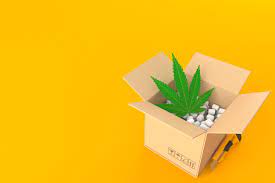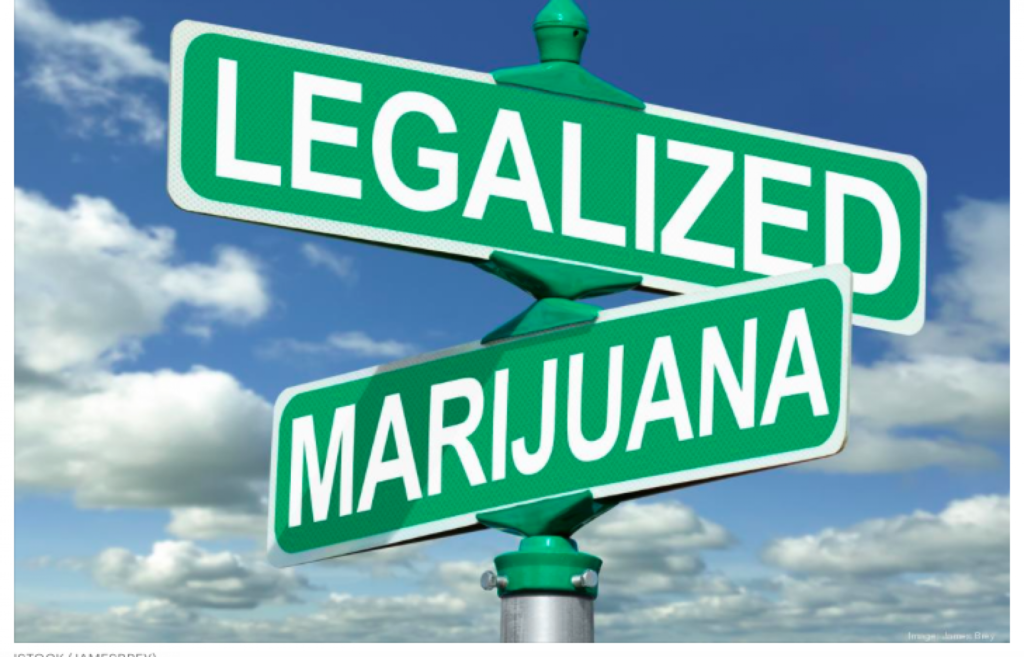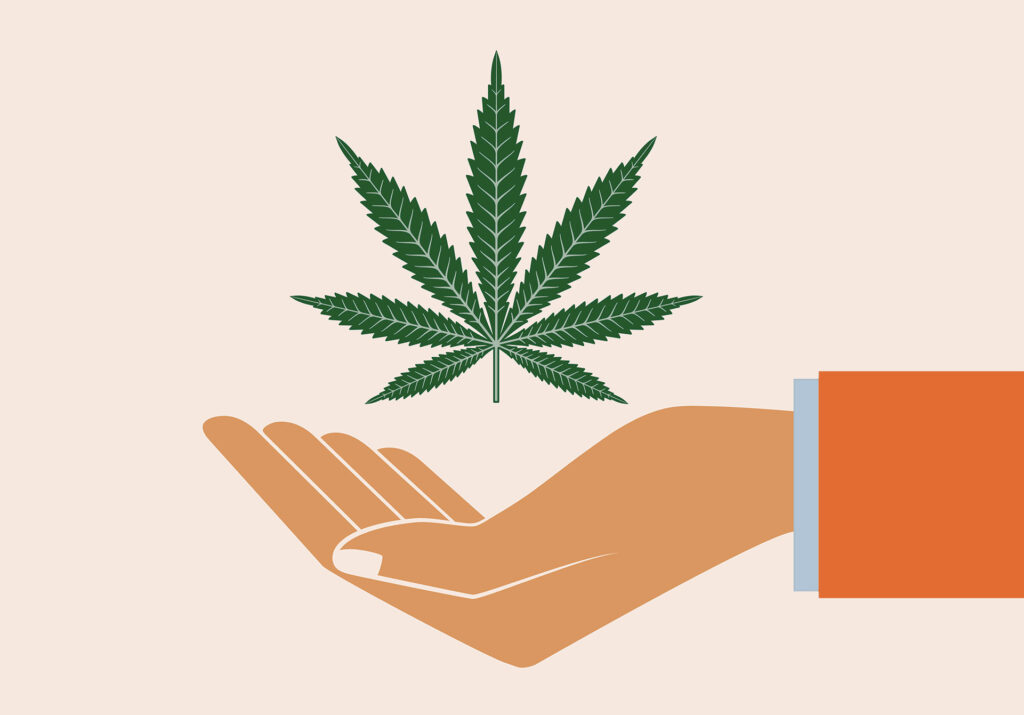Сannabis competitor Strainbows Cannabis Dispensary was established in Edmonton community as a response to the legalization of recreational cannabis in 2019. But you may be wondering what sets us apart from other cannabis dispensaries? They know cannabis. They use their product knowledge to provide each of their customers with the desired experience they’re looking for.

Whether you’re looking for flower, edibles, accessories, or any other cannabis product, you’ll find the best available at Budmobile. Fna also Strainbows. They’re community and customer focused. Their founders believe in local first. They work hard everyday to provide each of our customers with a product selection in a comfortable and friendly atmosphere.
Locally Owned
Experience
Their team has over 2 decades of cannabis growing experience
Customer Focused
Where you can find it? You can find Strainbows Cannabis only at Edmonton, Alberta.

Some information about cannabis law in Alberta
Yes, cannabis is legal in Alberta, but:
- only if you’re 18+
- only from licensed stores or albertacannabis.org
- 30 grams is the most you can buy or carry at a time
- you can’t consume in some public places – know your local laws
- only 4 plants can be grown per household
- driving high is illegal
- it can’t be within reach of anyone in a vehicle
- edibles are legal, but it will take some time before they are available for sale
- kids can’t enter cannabis stores, even with an adult
Taxing cannabis
The federal and provincial governments agreed to a common set of principles that would cover the first 2 years of legalization. These principles focus on coordinating cannabis taxation and revenue, and keeping cannabis prices low to curtail the illegal market.
Under these principles, tax room of $1 per gram or 10% of the producer price, whichever is greater, is shared between federal and provincial governments.
The provinces receive 75% of this tax room, and can also collect an additional tax, or equivalent, of up to 10% of the retail price.
Alberta agreed to have the federal government use the federal excise tax to collect the following amounts on the province’s behalf:
- the province’s share of the agreed-upon tax room, which is the greater of 75 cents per gram or 7.5% of the producer price
- an additional amount equivalent to 10% of the retail price, similar to what will be applied in other provinces, which is collected at the licensed producer level
Consuming cannabis
Albertans are allowed to consume cannabis in their homes and in some public spaces, but it is banned in vehicles.
Municipalities have the power to create additional restrictions on public use. Know your local rules before consuming.
To protect children and limit second-hand exposure, public smoking or vaping of cannabis is prohibited in the same places tobacco is restricted, plus:
- on any hospital property, school property or child care facility property
- in or within a prescribed distance from:
- a playground
- a sports or playing field
- a skateboard or bicycle park
- a zoo
- an outdoor theatre
- an outdoor pool or splash pad
- in any motor vehicle except, those being used as temporary residences, such as parked RVs
Cannabis cannot be consumed at any cannabis retail outlet.
Provincial laws have established a number of consequences when cannabis is consumed in public or in a vehicle, including fines and other administrative penalties.

More interestinf information from weed delivery competitor Strainbows Cannabis dispensary
How to tell the difference between Sativa & Indica
Having trouble figuring out whether you’re smoking an indica or sativa? Here’s a handy little guide to help you figure it out. This post will tell you the easiest ways to differentiate between cannabis sativa and indica in both live plants and in dried bud. Enjoy!
Sativa:
tivas are tall plants with super thin leaves. Sativas are a bit sparse and thin with wider spaces in between branches than their indica relatives. During their flowering phase, they quickly surpass indicas in height. If you notice that your plant starts to get super tall and bush out a little more during the flowering phase, you probably have a sativa.
When grown under perfect growing conditions outdoors, sativas have been known to reach heights of up to 20 feet. Pretty crazy, right?
Sativa Buds:
Sativa buds are longer, thinner, with bud particles that almost look like wispy hairs. Though, while the bud itself may look larger than those from an indica plant, they tend to be a bit lighter when you actually weigh them out. This is because sativa flowers are not as tightly compact as indica flowers.
When sativas bloom, the flower forms along the branch, almost like it’s a bit stretched out. This lends to the wispy, hairy nature of their buds.
Deep red or orange coloring is also a sign of a sativa. Sativas tend to grow in warmer climates, and they often express deep reddish or strong orange phenotypes.
Indica:
Indicas are short, stocky plants native to colder climates. A surefire sign of an indica is the presence of fat fan leaves, where each leaf segment nearly touches each other or even overlaps a little. Sativa leaves look more like thin little fingers in comparison to indica leaves. While sativas can nearly resemble a tree under the right conditions, indicas are more like a squatty bush.
They tend to have dense branches and hover around four feet tall. That’s a pretty big difference when compared to sativa relatives. While sativas nearly triple in size during flowering phase, indicas often increase their vegetative growth by about 100%.
Indica Buds:
Indica buds are more compact, shorter, and extremely dense. When indicas flower, their blossoms tends to stick closer to nodes along the stem. Nodes are present where new branches and the main stem meet. This lends to their short, squatty, and heavy buds.
Another thing to keep an eye out for is any purple coloring in the plant. Since indicas are native to cooler climates, they’re more likely to express purple coloration. The big purple strains are all indica dominant, but sativas will develop some purple if they’re grown in cool climates as well.
Perhaps as a survival mechanism for cooler climates, indicas tend to be more THC heavy. They also tend to produce a very thick, pungent aroma.

